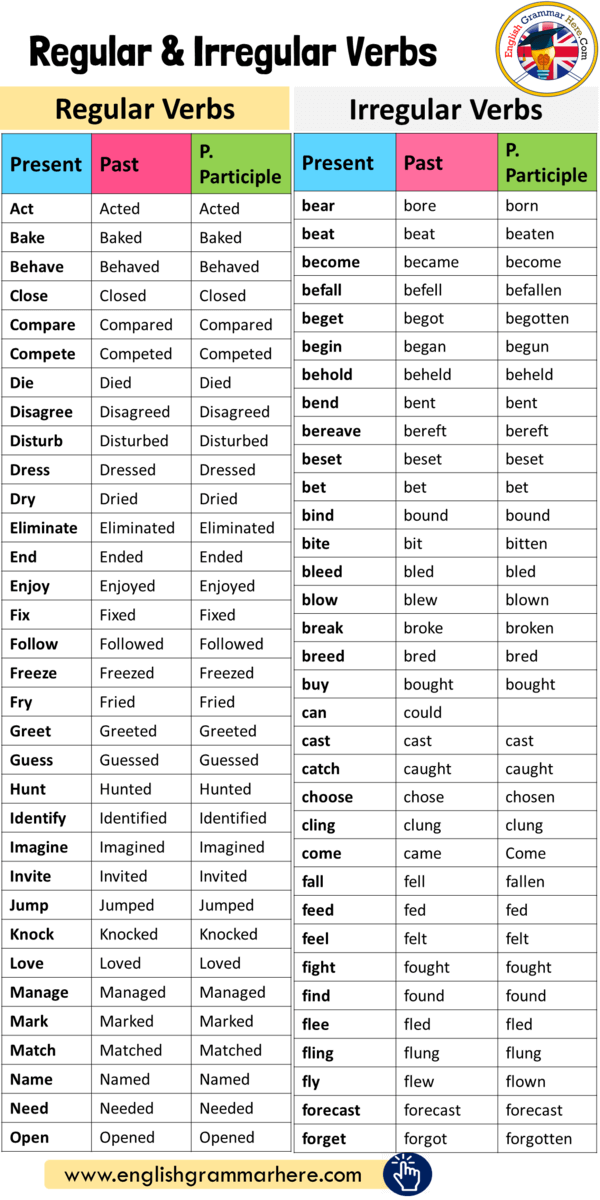


play/played, enjoy/enjoyed).įor more detail, see Verb tenses: adding-ed-and-ing. But if the verb ends in a vowel plus -y, just add -ed (e.g.

If the verb ends in a consonant plus -y, change the y to an i before adding -ed (e.g. seem/seemed, laugh/laughed, look/looked).įor verbs that end in -e, add -d (e.g. If the basic form of the verb ends in a consonant or a vowel other than e, add the letters - ed to the end (e.g. Past tense formationįorming the past simple tense of regular verbs is mostly straightforward, and you use the same form for the first, second, and third persons, singular and plural: But if the verb ends in a vowel plus -y, just add -s (e.g. If the verb ends in a consonant plus - y, change the y to an i before adding - es (e.g. kiss/kisses, fizz/fizzes, punch/punches, wash/washes, mix/mixes). Verbs that end with -s, - z, -ch, - sh, and -x add -es (e.g. Verbs that end with a vowel other than e add - es (e.g. Most verbs just add - s to the basic form (e.g. In the present simple tense, the basic form of a regular verb only changes in the 3 rd person singular, as follows: Many English verbs are regular, which means that they form their different tenses according to an established pattern. This section deals with inflecting verbs to show tenses and participles, and is divided into two main sections: first person, second person, or third person). In the context of verbs, we use the term inflection to talk about the process of changing a verb form to show tense, mood, number (i.e. What's The Difference Between Regular And Irregular Verbs?


 0 kommentar(er)
0 kommentar(er)
